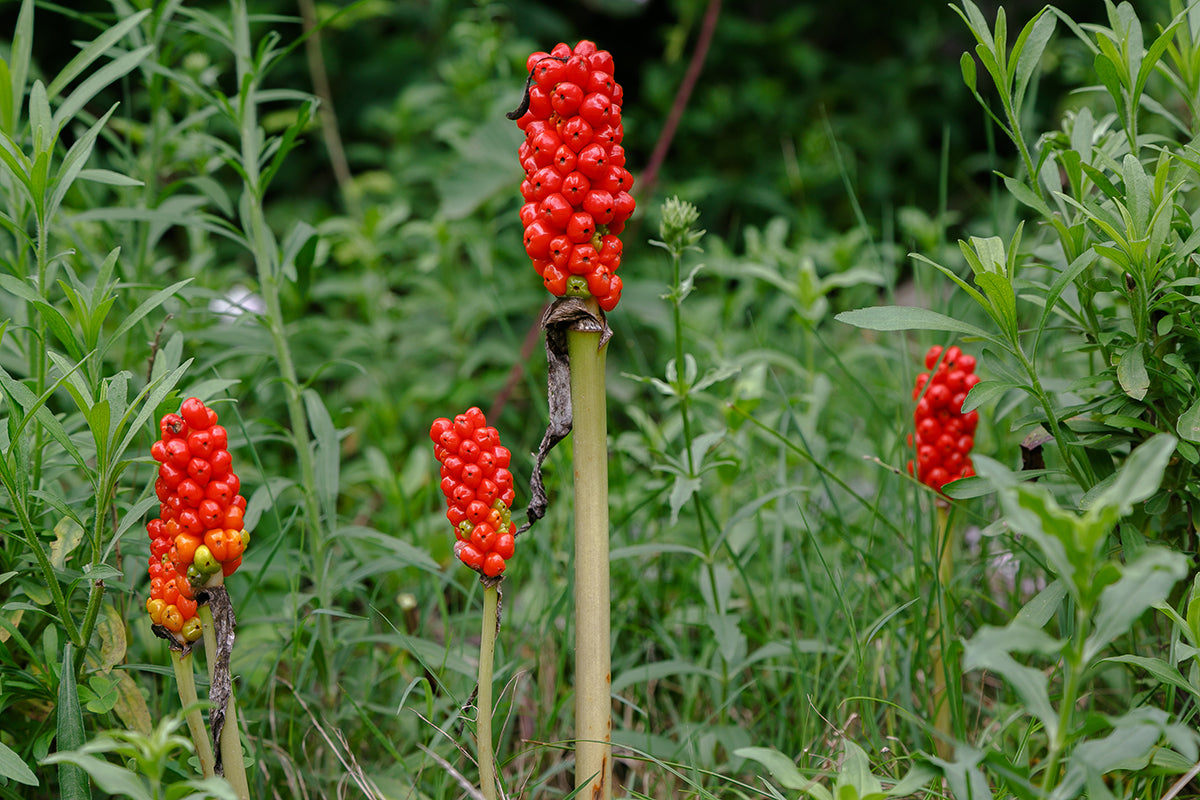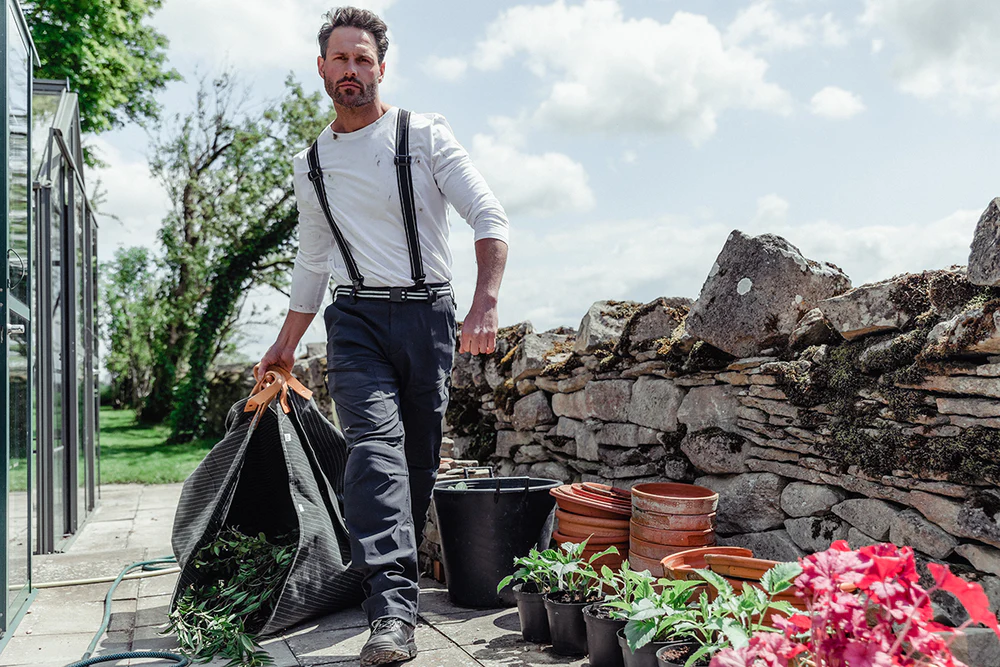Gardening explained - thermogenesis

When you first hear of thermogenesis in plants, you think “Surely not! How can a plant warm itself up?” Well, the news is in, they can, and it’s happening in our very own gardens.
Lords-and-ladies (Arum maculatum), and most Magnolia species are just some of the plants that exhibit this unbelievable ability to create heat, sometimes up to 5 degrees warmer than the surrounding air temperature, within their flowers.
The first question has to be how does an inanimate object lacking in a heart or lungs perform this feat? Humans are constantly burning fuel to stay alive, and some of that energy naturally becomes heat. Plants are usually more efficient but some have actually evolved to be less efficient when warmth is required. Plant cells have mitochondria that take in nutrients and convert them into energy, usually with almost no waste. Some however have an enzyme called ‘alternative oxidase’ that disrupts their normal energy production, and all the ‘wasted’ energy gets released as heat instead of being stored for later use.
Plants like the eastern skunk cabbage, lords and ladies, and magnolias will heat up their flowers to make their flower scents containing volatile oils stronger and travel farther. Effectively they’re burning through their energy reserves, the trade off being a greater chance of their flowers getting pollinated by visiting insects. Perhaps the most famous plant to exhibit thermogenesis is the titan arum - Amorphophallus titanum. A giant of the plant world it is monoecious and will die after setting seed. Sending up a huge ‘spathe’ 10 feet tall, thermogenesis is used to create water vapour that carries the plant’s unique scent of rotting meat for large distances downwind. The aim is to attract carrion beetles and flesh eating flies that will, in turn, pollinate the plant.











